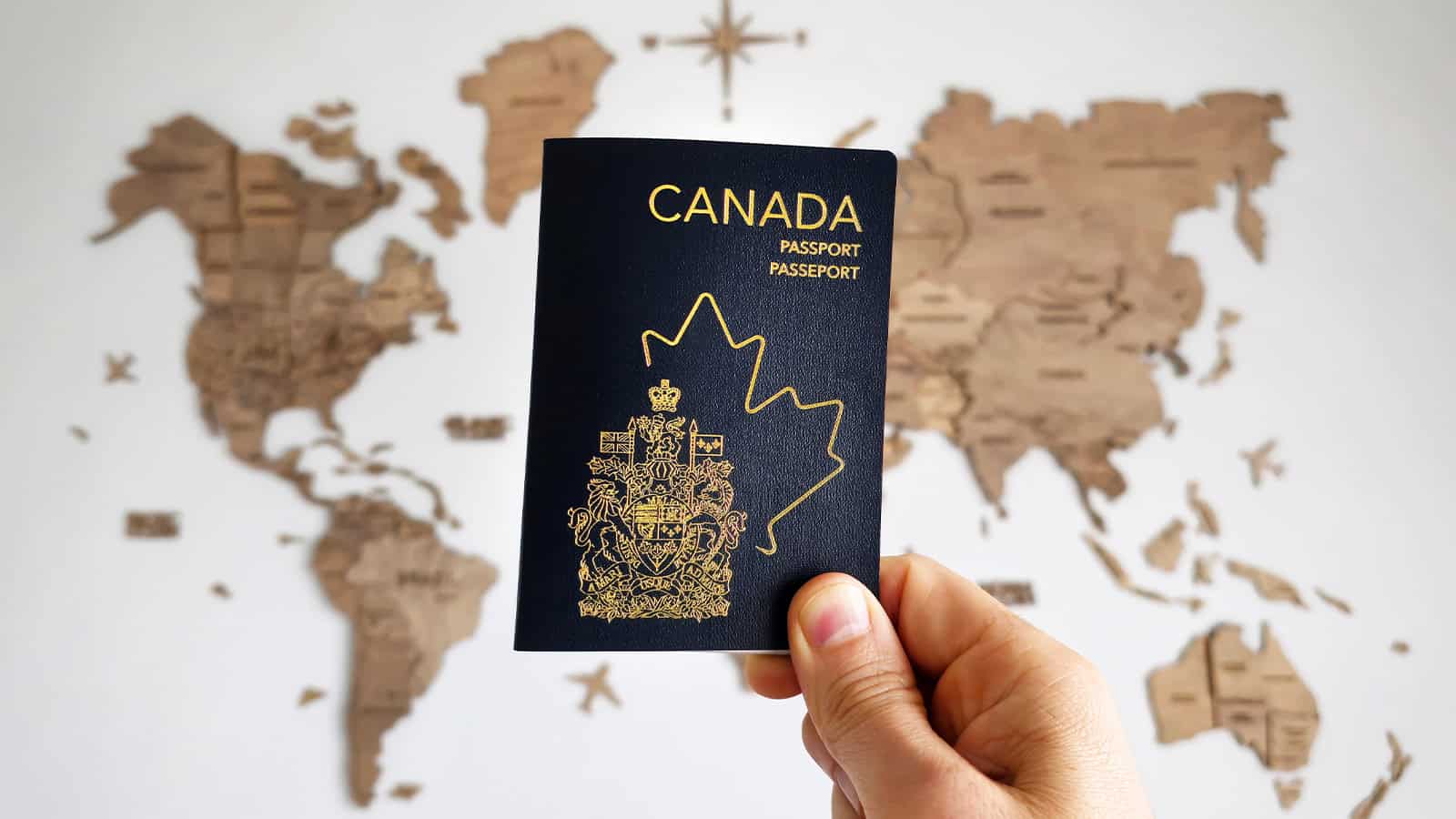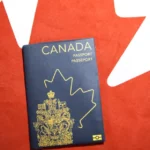
Canada’s Passport Secures Top Ranking Among the World’s Most Powerful in 2025
In 2025, Canada’s passport has earned a prestigious position in global rankings, securing the seventh spot among the world’s most powerful passports, according to the Henley Passport Index. This accomplishment highlights the country’s growing mobility advantages, providing its citizens with access to 188 destinations around the world without the need for a visa.
The Canadian passport now shares the seventh rank with Malta and Poland, marking a significant milestone for Canada. This year’s ranking is particularly noteworthy, as it signifies the first time Canada’s passport has outpaced the United States passport, which now holds the ninth position. This shift represents a change in the global travel landscape and underscores Canada’s strength in international mobility.
Table of Contents
- Overview of Canada’s Passport Ranking
- Comparison with Other Global Passports
- Recent Changes and Countries Impacting Canadian Passport Holders
- Understanding the Henley Passport Index Methodology
- How to Obtain a Canadian Passport
- Conclusion: The Growing Mobility of Canadian Citizens
1. Overview of Canada’s Passport Ranking
As of 2025, Canadian passport holders have visa-free access to 188 destinations. This places Canada among the top global players in terms of travel ease. This year marks a notable achievement for Canada, as it moves ahead of the United States passport, which dropped from seventh to ninth place. While Canada maintained its position from the previous year, this marks an overall rise from the eighth position in 2023.
2. Comparison with Other Global Passports
The Henley Passport Index ranks global passports based on the number of destinations their holders can access without the need for a visa. The most powerful passport in 2025 belongs to Singapore, with visa-free access to 195 destinations worldwide. Japan follows closely behind with access to 193 destinations. In contrast, the United States passport now sits in ninth place, granting holders access to 186 destinations.
At the other end of the spectrum, Afghanistan ranks last on the index, with visa-free access to just 26 destinations, highlighting stark contrasts in global mobility. Interestingly, the United Arab Emirates (UAE) has seen significant growth in passport power, climbing to the 10th position after gaining access to 72 more destinations over the last decade.
3. Recent Changes and Countries Impacting Canadian Passport Holders
The Henley Passport Index notes several shifts in global visa requirements. In 2025, Canadians will benefit from the removal of visa restrictions for entry into Egypt and Brazil. These two countries have now granted Canadians visa-free access, enhancing the passport’s global mobility. However, not all changes are positive; Gabon and Togo have implemented new visa requirements for Canadian travelers.
4. Understanding the Henley Passport Index Methodology
The Henley Passport Index measures the strength of passports by evaluating the number of destinations their holders can access without a visa. This includes countries that allow visa-free entry, visa on arrival, or require an Electronic Travel Authorization (eTA). Destinations that require full visas or an e-visa are excluded from the rankings.
The index relies on data from the International Air Transport Association (IATA) and is enhanced by additional research conducted by Henley & Partners, a global consultancy that specializes in immigration and citizenship planning.
5. How to Obtain a Canadian Passport
To acquire a Canadian passport, individuals must first obtain Canadian citizenship. This can be achieved by birth in Canada or through naturalization for those born outside the country.
For those born in Canada, citizenship is automatic. If an individual is born outside Canada, they may be eligible for Canadian citizenship through their parent, provided the parent was a Canadian citizen at the time of their birth.
For non-citizens, the journey to obtaining Canadian citizenship typically involves first securing permanent residency (PR). After acquiring PR status, the following criteria must be met:
- Physical Presence Requirement: Applicants must have lived in Canada for at least three out of the last five years.
- Tax Filing: Applicants must ensure that they have filed taxes and paid any outstanding tax debts.
- Citizenship Test: Applicants must pass a citizenship test, demonstrating their knowledge of Canadian history, laws, and culture.
- Oath of Citizenship: The final step involves taking the Oath of Citizenship, which formalizes the individual’s new status as a Canadian citizen.
The naturalization process generally takes over three years after receiving PR status.
6. Conclusion: The Growing Mobility of Canadian Citizens
Canada’s continued presence in the top tier of the Henley Passport Index underscores its global mobility strength. By offering easy access to 188 destinations, Canadian passport holders enjoy some of the best travel freedoms worldwide. This ranking not only enhances Canada’s international reputation but also provides its citizens with significant benefits when traveling or conducting business abroad.
As countries like Egypt and Brazil ease visa restrictions, the future looks even brighter for Canadian passport holders. However, as global mobility continues to shift, Canada must adapt to maintain its competitive position in the evolving global travel landscape.
For a consultation about Immigration options, reach out to the CAD IMMIGRATION today!





